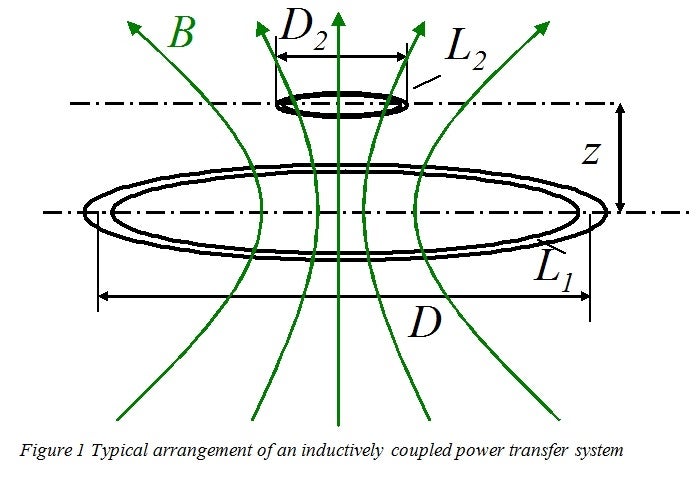Simplified: How does wireless charging work?

With each successive generation of smartphones comes more power, more pixels, and more everything. Year after year we're treated to what sometimes feels like a preset 'upgrade' curve, where the processors, cameras, screens and just about everything else gets a bit better with each new model. But wholly new, exciting features emerge every now and then, mostly on the software side, but sometimes we even get something kind of exciting in terms of hardware, too. One such trend-setter is inductive charging, most commonly referred to as wireless charging, and today is going to be all about this new tech that has proved intriguing, tenacious and forward-looking -- or the Holy Grail of qualities that every up and comer in this industry seems to exhibit at a particular point.
So what is this tech wizardry that charges your smartphone's battery as if from thin air? Actually, it's nothing really fancy, and by saying that we're in no way trying to detract from the achievement that it is. That said, it's worth noting that many credit the bizarre and eccentric scientist from Serbian descent, Nikola Tesla, with laying the groundwork for wireless charging all the way back at the turn of the 20th century. Tesla actually filed a patent that described a device that he believed could transmit electricity from one conductor to another with no wiring whatsoever, and though his work never actually bore practical fruits, his idea evidently stuck. Fast-forward to today, and we have a number of 'alliances' rallying up behind different wireless charging standards, the most popular of which is the Qi standard. Despite the hardware incompatibility between those, they all rely on what is basically the same thing: inductive charging using an electromagnetic field to transfer electrical power between a 'charging station' (a pad, if you will) and a compatible smartphone (or an accessory, like a case). More specifically, once the 'station' is connected to the grid, a little coil within it (the transmitter) passes on an alternating current onto a coil in your smartphone (a receiver), generating a magnetic field. This induces voltage into the receiver coil, which, in turn, charges up your phone's battery. This is what is called 'inductive coupling'.

L1, the transmitter coil, passes on an alternating current onto L2, the receiver coil, inducing voltage and charging up your phone.
Unfortunately, there are some limitations of note with the technology, at least at this time. We mentioned the existence of several incompatible standards, of course, but you need to also consider a few other things. For starters, the 'wireless' part is not technically true, as the charging pad still needs to be connected to the grid with a wire. Moreover, the argument over whether wireless charging can be as efficient (and fast) as wired charging does not seem to be completely settled just yet, though the folks behind the Qi standard seem to think that, under what are likely advantageous circumstances, wireless charging could be just as fast and efficient.
On the positive side, the Qi team claims that it has developed a system that will consume just 0.0001 Watts in standby (when nothing is being charged, but its being plugged to the grid), while the typical wall charger is said to consume about as much power when in standby, as when in use. Apart from the 'green' appeal of the tech, wireless charging is inherently compelling for those of us lucky enough to own a smartphone, since battery life is often less than satisfying. More out-of-the-box (read: radical) ideas picture a world where our entire desks, even entire building floors, have millions of those inductive coils transmitting energy throughout the entire surface, allowing you to basically charge your device wherever it is. If the technology does get cheap enough, it's not entirely out of the realm of possibility that a time might come, when our devices will be continuously charged throughout the day, pretty much wherever we are.










Things that are NOT allowed: